Synology DiskStation DS925+ vs. DiskStation DS923+: Is it even an upgrade?
Synology brought a few upgrades to the DiskStation DS925+, but it also put severe limitations on what drives you can use with the NAS.
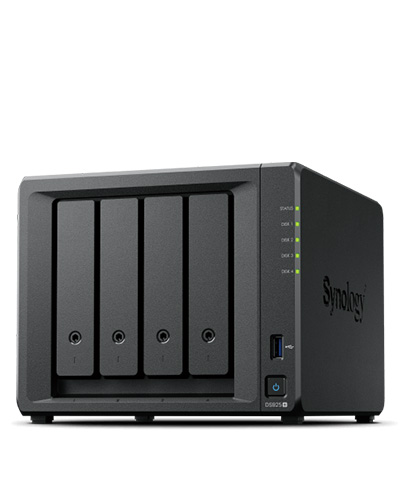
Not the upgrade you want
The DiskStation DS925+ brings several key upgrades, such as dual 2.5 Gigabit Ethernet ports at the back, and a quad-core Ryzen platform. The result is that the NAS has a definite edge over the DS923+ if you need a little bit of additional power, but the gains are overshadowed by a controversial HDD policy. Essentially, you can't use any other brand's HDDs with the DS925+, and that severely restricts your choices. Not being able to use regular Seagate and WD drives, and having to buy costlier Synology-branded hard drives just doesn't make sense, and it ultimately makes the DS925+ a non-starter.
For
- Dual 2.5 Gigabit Ethernet ports
- Powerful hardware
- Good as a Plex server
- Class-leading software
- USB-C extensibility
- Dual M.2 slots can be used as storage
Against
- Heavily limited in what HDDs you can use
- No way to add 10GbE networking down the line
- No hardware transcoding in Plex

Still a great choice
If you have to choose a model from these two, I'd suggest going with the DiskStation DS923+. It uses a dual-core Ryzen platform, but it's plenty fast in daily use, and you get the best software platform around. Although the DS923+ is a few years old at this point, the NAS doesn't have any limitations beyond the Gigabit Ethernet ports, and if you need multi-Gigabit connectivity, you can upgrade to a 10GbE card without a hassle. And considering there are no restrictions around HDD use, the DS923+ makes better sense than the DS925+ — so grab it while it's still available.
For
- Good hardware
- No issues with Plex
- No restrictions with HDD use
- M.2 slots can be used as storage
- Same software as DS925+
Against
- Gigabit Ethernet connectivity as standard
- No transcoding
Synology DiskStation DS925+ vs. DiskStation DS923+: Design and features
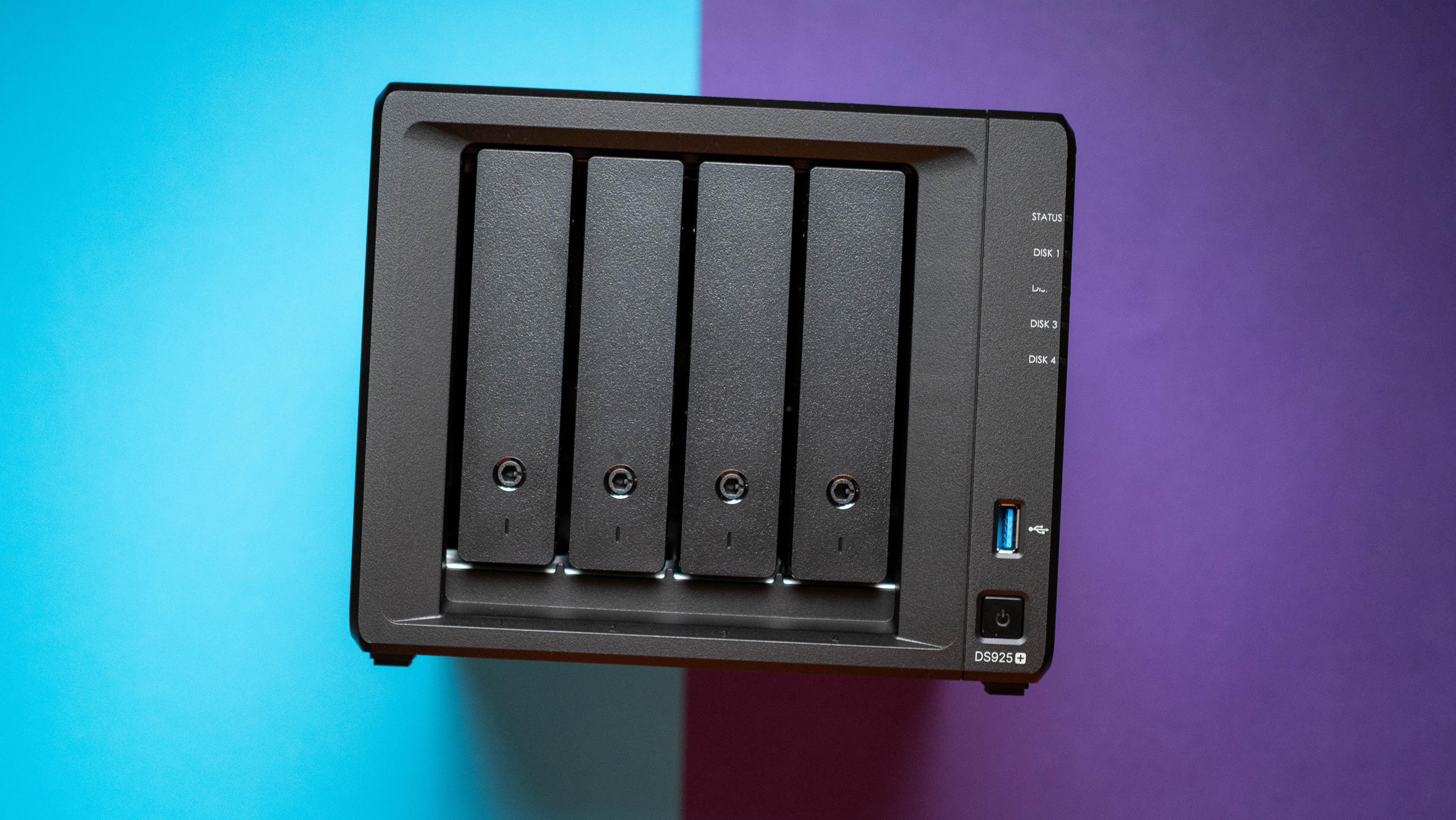
Synology hasn't changed its design in 10 years, so both the DiskStation DS925+ and the DiskStation DS923+ are practically identical. They both use the same black chassis with a vented design at the sides to allow passive cooling, and there are dual 92mm fans at the rear.
The design is unobtrusive, and the aluminum construction means it is durable. I haven't had any issues with the DS923+ whatsoever even with extended use, and the DS925+ should be the same. The power button is located on the right, and you get status LED indicators and a USB-A port on the same side.
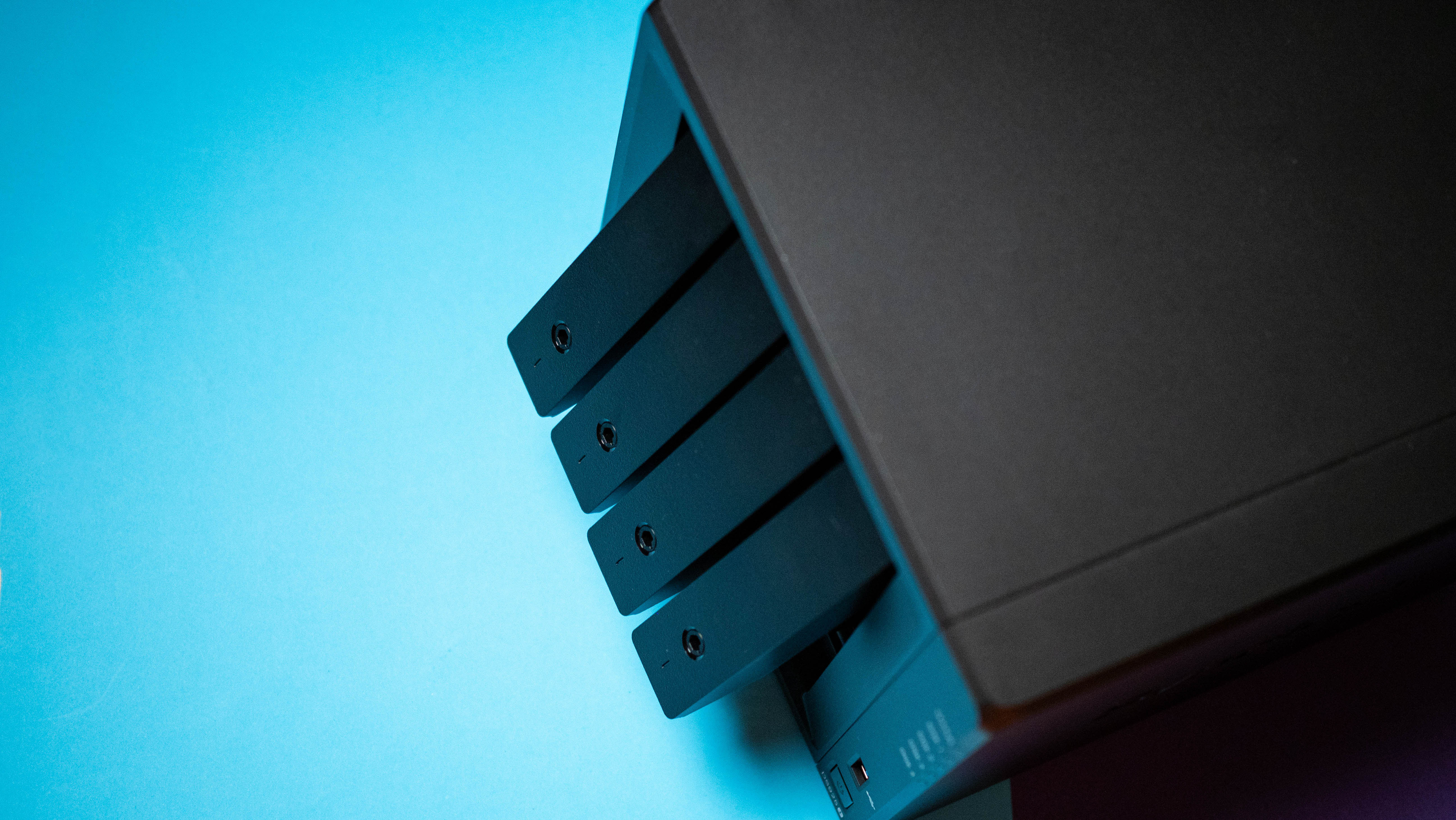
The drive bays are easy to access, and they can be locked should you wish to do so. Installing 3.5-inch HDDs is about as straightforward as it gets, and it doesn't require any tools. If you need to slot in a 2.5-inch SSD instead, you'll need to mount it to the drive bay.
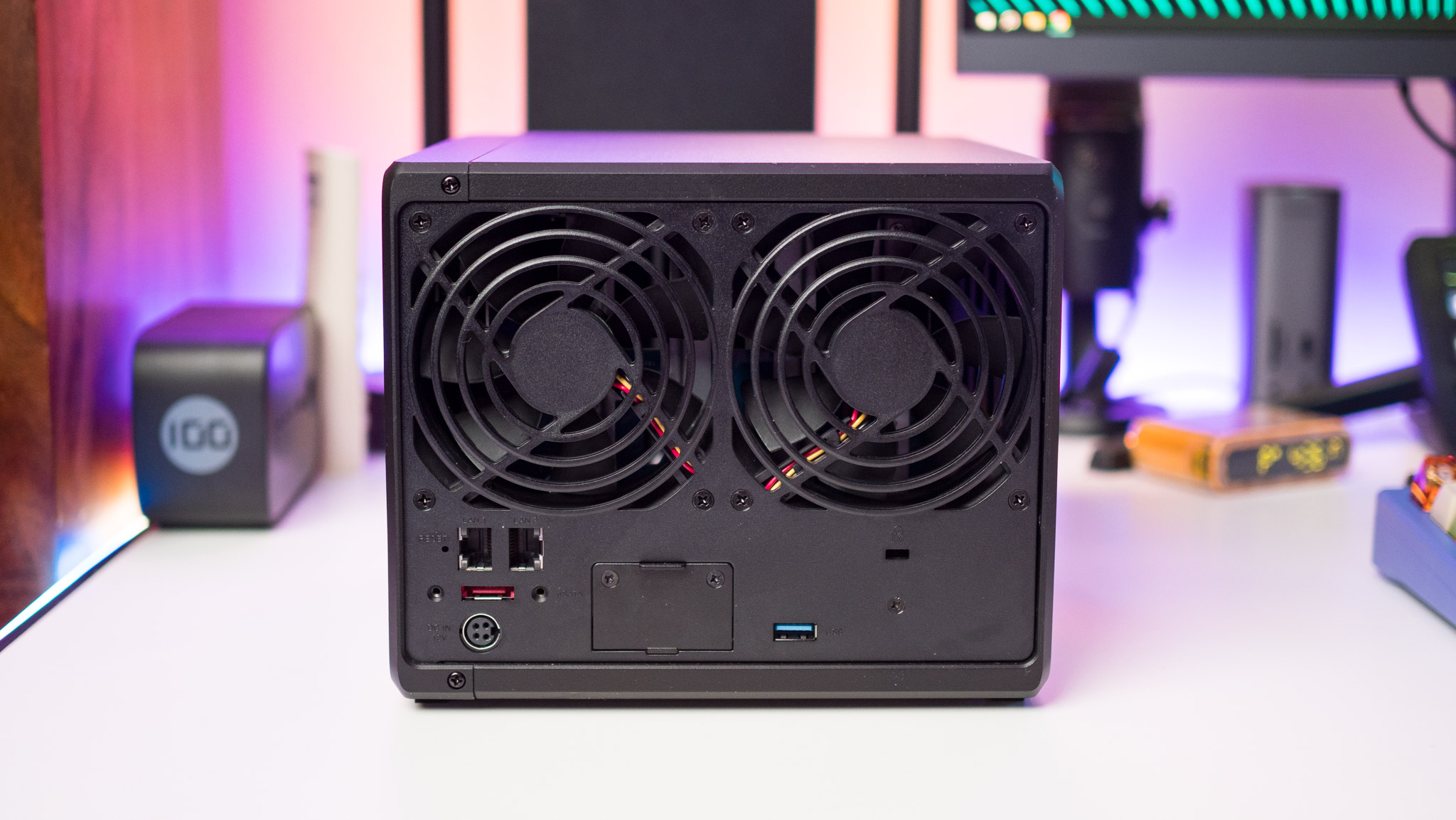
Switching to the back, you get a USB port as standard, and the underside of both NAS servers has two M.2 slots if you want to add SSDs. The DiskStation DS925+ is notable as it comes with two 2.5 Gigabit Ethernet ports, giving it a good upgrade over the DS923+, which has Gigabit Ethernet connectivity. The DS925+ also uses USB-C to expand drives should you need to down the line, with the DS923+ coming with an eSATA port instead.
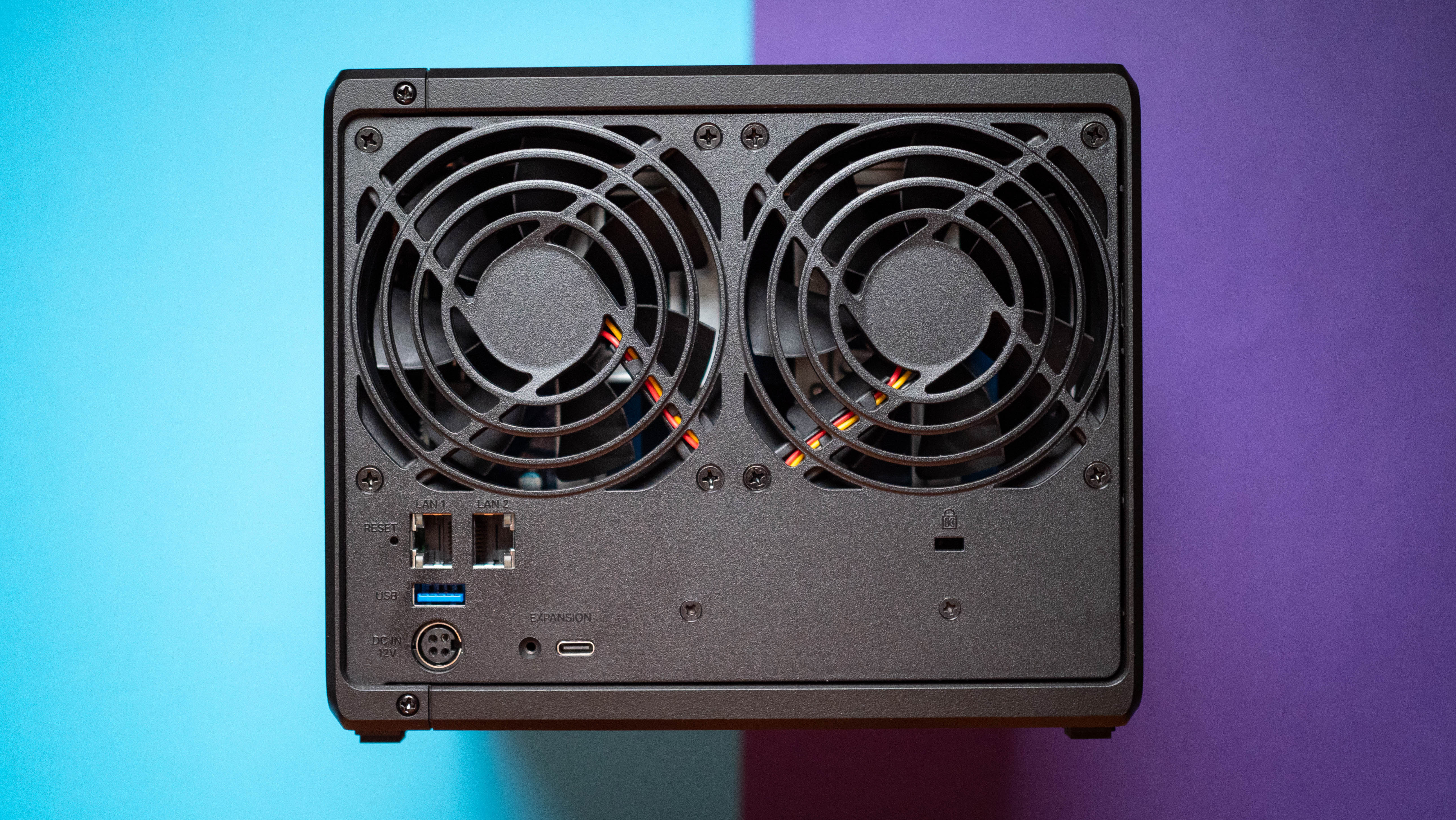
While it's great to see multi-Gigabit connectivity available by default, the DS925+ doesn't have a way to switch to 10GbE networking — unlike the DS923+. You can easily add a 10GbE card to the DS923+ thanks to the connector at the rear, and it gives the NAS greater flexibility.
Synology DiskStation DS925+ vs. DiskStation DS923+: Software and real-world use
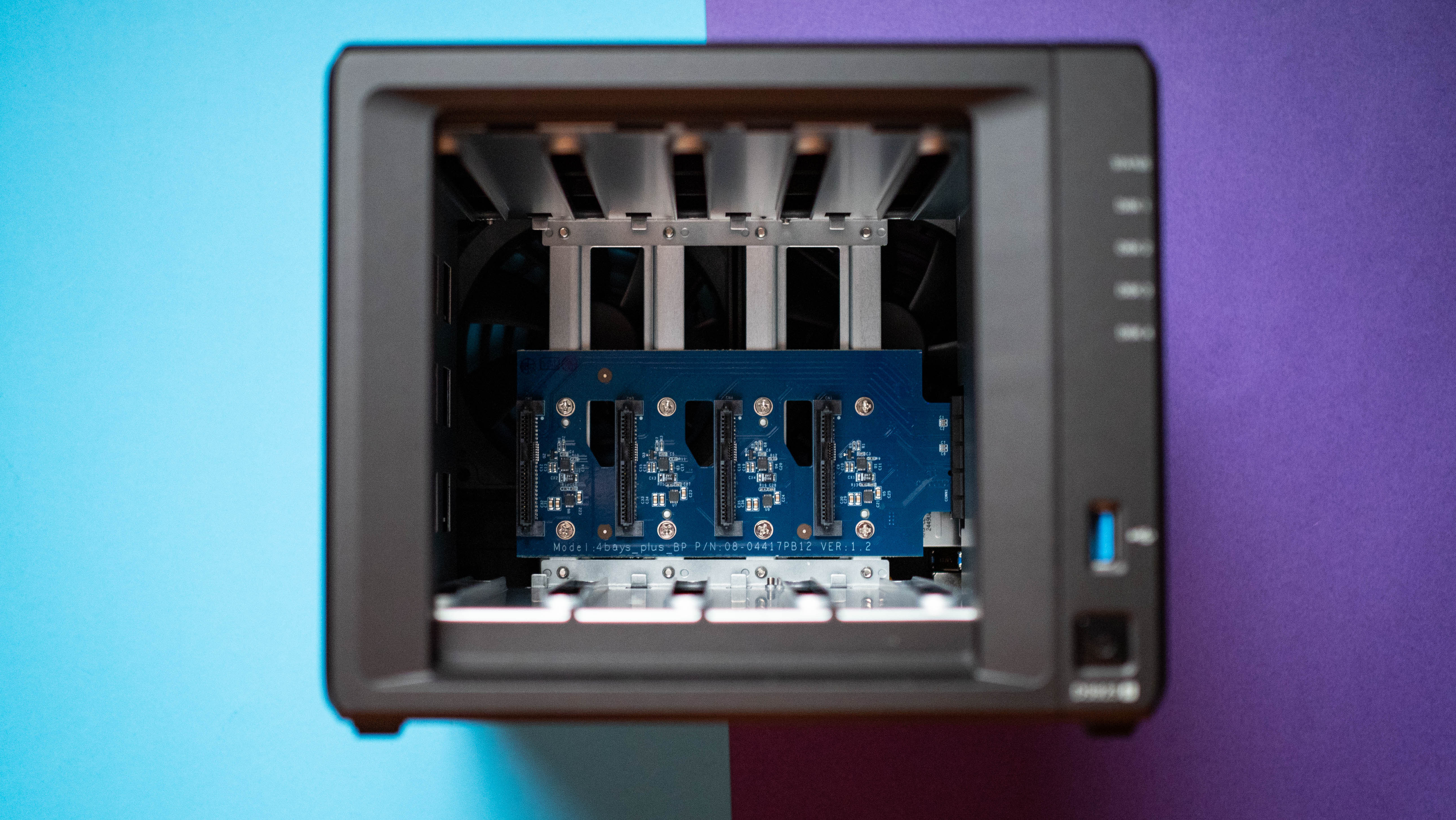
Both NAS models have the exact same software, so there isn't anything to differentiate either product in this area. That said, the DiskStation DS925+ comes with a quad-core Ryzen V1500B, and it holds up better with demanding workloads. That isn't to say that the DS923+ is any slouch in this area — it's just that the DS925+ has a little additional headroom. The rest of the hardware is identical, with both NAS systems coming with 4GB RAM pre-installed.
The main reason to buy Synology NAS servers is the DiskStation Manager (DSM) software, and the brand continues to do a great job delivering useful features and standout mobile clients. It's effortless to upload photos and data from your phones automatically to either NAS, and you get powerful utilities that provide a local alternative to cloud-based solutions.
The biggest issue with the DiskStation DS925+ is the limitation around hard drive use. While you can use any Seagate IronWolf, WD Red, or any other hard drive in the DiskStation DS923+, that isn't possible with the DS925+; Synology is now enforcing the use of its own drives, and unless you do so, you won't even be able to install the DSM software and boot into the NAS.
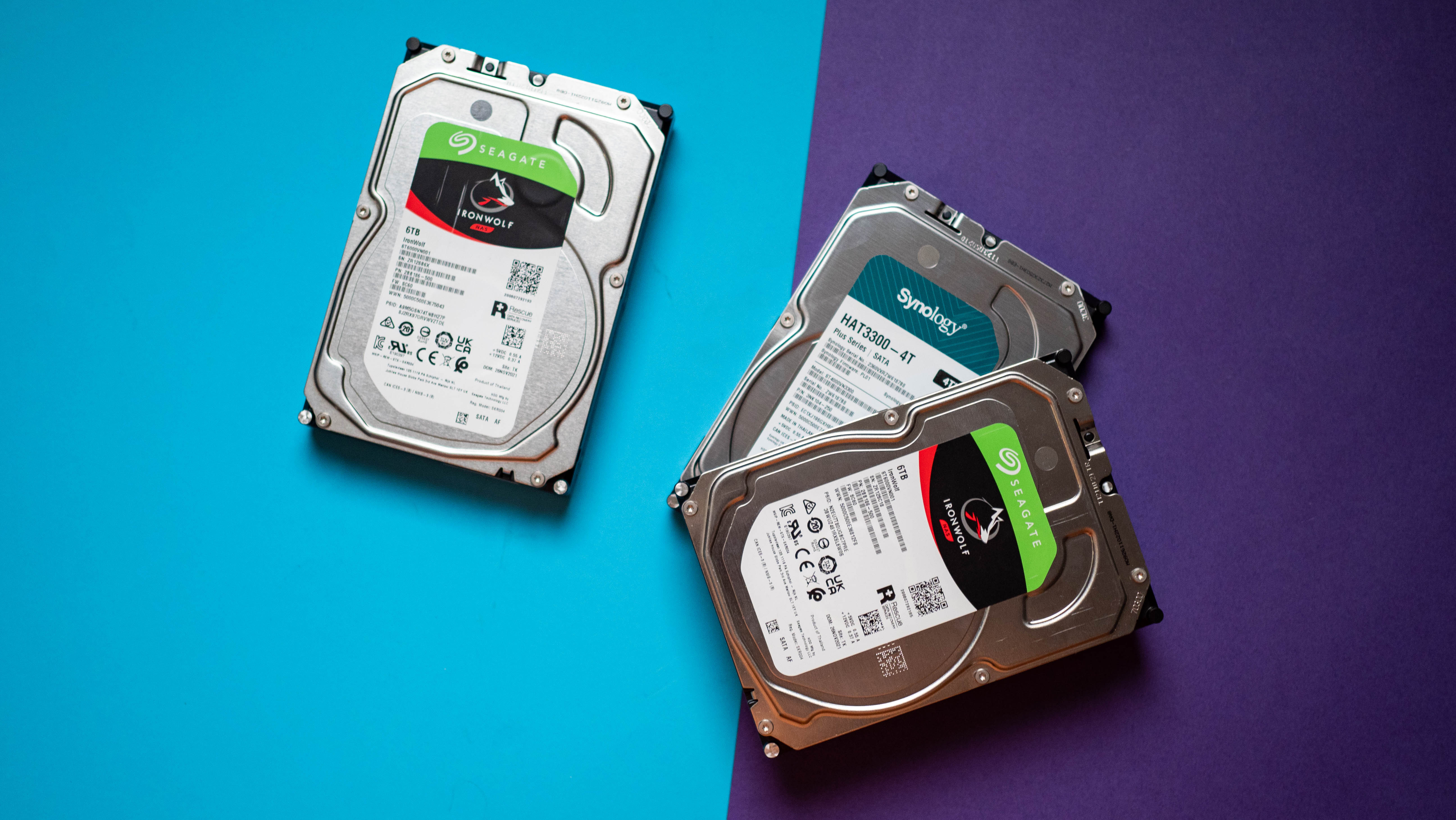
This arbitrary restriction has huge ramifications, as Synology's drives tend to cost more than their equivalent Seagate and Western Digital rivals. The brand says it is doing this to ensure greater reliability, but it hasn't published any meaningful data around how its drives last longer than other NAS HDDs.
Both servers do a good job as a Plex NAS; there are no issues with playback, and remote streaming is easy to set up and use. That said, the AMD-based hardware doesn't come with transcoding, so you miss out on this feature. That's true with both the DS925+ and DS923+, so if you use Plex Pass and need transcoding,
Synology DiskStation DS925+ vs. DiskStation DS923+: Make the right choice
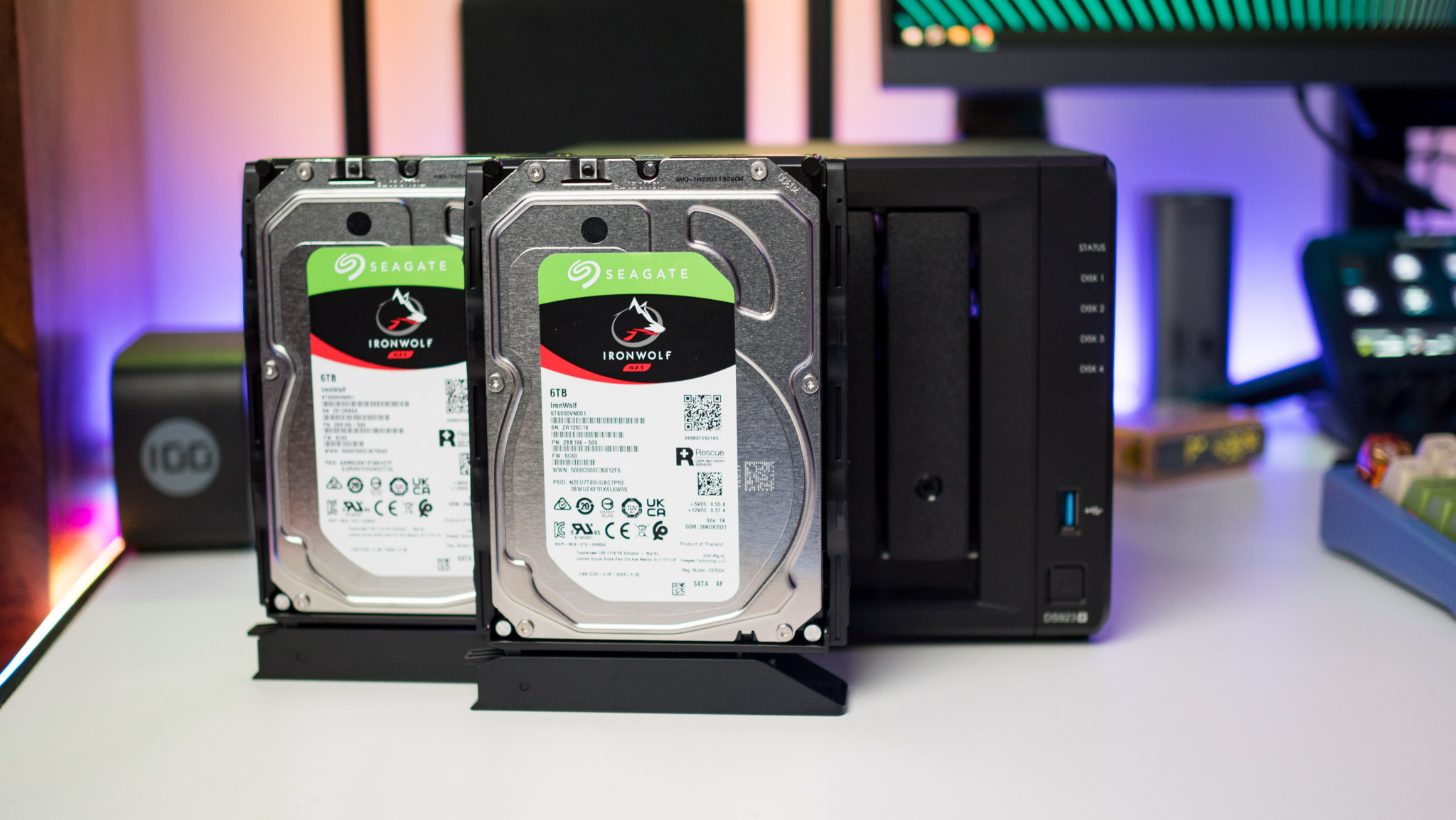
It just doesn't make much sense to buy the DiskStation DS925+. While it has better hardware and multi-Gigabit connectivity out of the box, the hard drive restrictions curb its usability to a noticeable extent. Don't get me wrong; the DS925+ is still a great NAS, and if you don't care about the hard drive limitations, you should consider getting it.
But with the DiskStation DS923+ still available, the older NAS is a better choice in 2025. While the Gigabit Ethernet ports are showing their age, you can add a 10GbE networking card by shelling out an additional $100, and there are no restrictions around HDD use — you can buy any Seagate, Toshiba, and WD drive you want and slot it into the NAS.
Given the changes with the DS925+, I'd suggest getting the DS923+ while it's still available. It continues to be a reliable 4-bay Plex NAS in 2025, and it isn't intentionally hobbled.
Be an expert in 5 minutes
Get the latest news from Android Central, your trusted companion in the world of Android

Still a great choice
If you need a powerful 4-bay NAS to use as a Plex server and store all your data, you should just get the DiskStation DS923+. But with the DS925+ slated to go on sale globally in May, you'll need to act fast if you want to buy the DS923+.

Harish Jonnalagadda is Android Central's Senior Editor overseeing mobile coverage. In his current role, he leads the site's coverage of Chinese phone brands, networking products, and AV gear. He has been testing phones for over a decade, and has extensive experience in mobile hardware and the global semiconductor industry. Contact him on Twitter at @chunkynerd.
You must confirm your public display name before commenting
Please logout and then login again, you will then be prompted to enter your display name.
